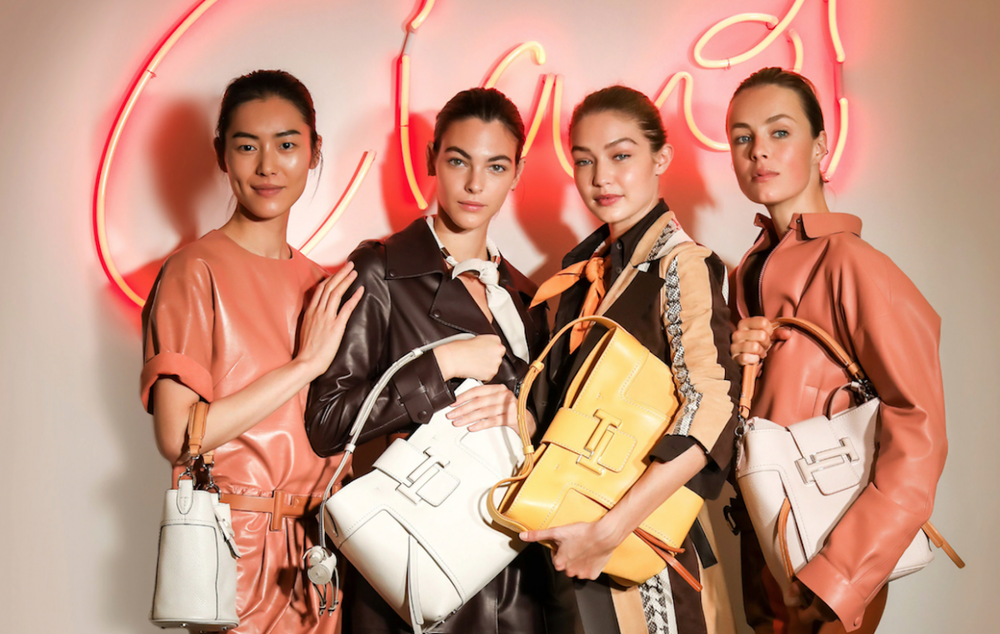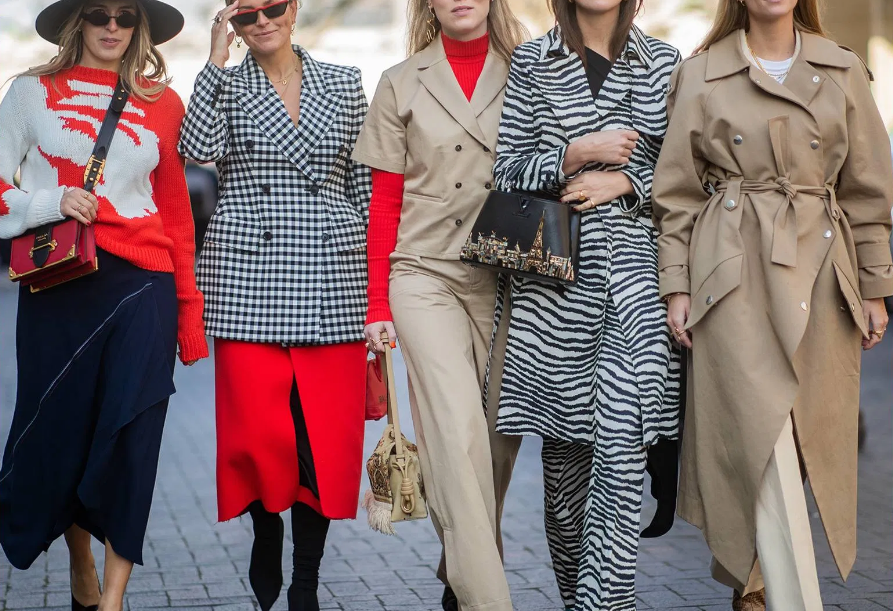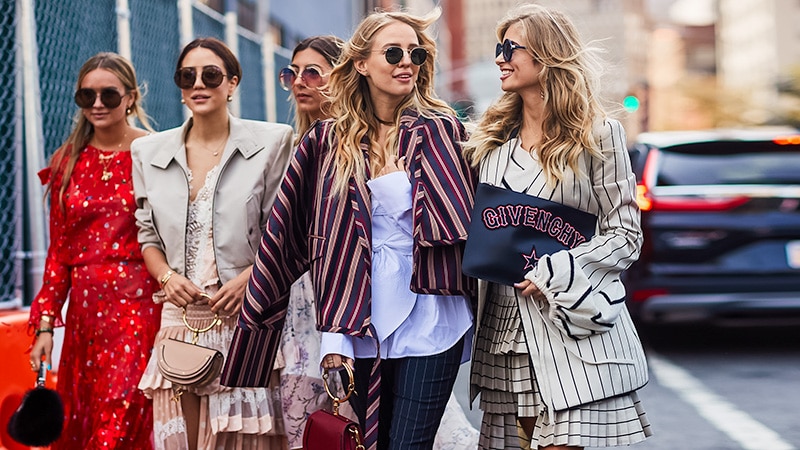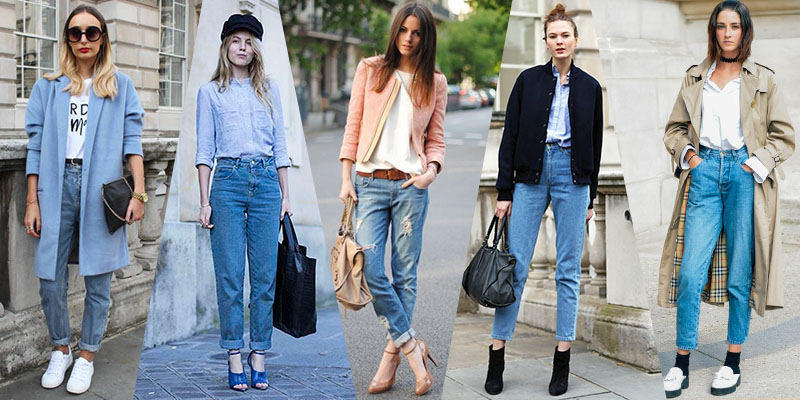| Disclosure: The links on this page are "Affiliate Links" and while these are shown at no costs to our viewers, they generate commissions for our website(s) |
The Universal Culture of Fashion

When we think of fashion, it is easy and common to think of it in terms of division.Skaters vs. townies, greasers vs jocks, the 60s vs 70s. Fashions demonstrate belonging to certain eras, groups and nationalities – but in doing so they also create division and separation between the same.
But while fashion might appear to divide us on the surface, it can also be seen as highly unifying. Let’s take a look at how fashion is really a universal culture all of its own, where it comes from and why it is so innately ‘human’.
The Drive to Fashion
Humans are a social species, driven to spend time in groups, to form social structures and to develop bonds. All of us desire a sense of belonging and it’s this need to belong that drives us toward many of our most basic actions and impulses.
Of course fashion belongs front and center as an example of this. Think back to your days in the school playground and how fashion affected you even from that early age. There were ‘cool’ brands to wear and then there was everything else. If you wanted to be in the ‘in’ crowd, then you needed to own the latest Nike or Reebok trainers. Likewise, within your own smaller social groups, you would likely have decided on things that were ‘cool’ and things that were not. Most of us will have at some point changed our opinion, or worn certain things, just in order to ‘fit in’.
Later, we might dress in a manner similar to our work colleagues. We might dress to advertise our appreciation of a certain type of music, or we might dress in away inspired by people we see on TV. This will all likely be influenced by the people we spend most time with. In business, this is called ‘convergence and divergence’. Convergence means that groups who spend a lot of time together become gradually more and more alike, while at the same time becoming more distinct from other groups around them.Interestingly though, this works on a micro and macro scale: departments in an office might form groups within that organization, but they will still be more alike than employees from an entirely different company.
When you think of how this worked in the playground, it can provide the perfect microcosm of how it works in the wider world. When we sense a ‘trend’, we will often jump on that trend to be seen to be ‘keeping up’ with the fashion and in order to fit in with those around us.

The Psychology of Fashion
This isn’t just a conscious decision either. Even if you don’t think of yourself as someone who follows fashion and if you don’t actively try to keep up with it,you will find that more modern styles and sensibilities innately appeal more as you become used to seeing them. This way your ‘schema’ or your ‘blueprint’ of what a modern person should look like changes: and of course you want to look like that modern person.
From an evolutionary perspective, this all makes perfect sense. Research shows that we like people who are more similar to ourselves, as they are less likely to pose a threat and more likely to help us ensure the survival of our genes, our culture and our ‘memes’. To be more liked by those same people, it only follows that we should make ourselves even more similar to them. This will allow us to climb the ‘social ladder’,ultimately giving us access to more resources and to better opportunities to procreate! That’s how Freud would see it anyway…

How Fashion Divides and Unites
As you can see then, fashion isn’t something we ‘do’ – it’s who we are. Fashion is an outward expression of belonging and of social sensitivity.
And while fashions are different across social groups and cultures; ultimately the psychological driving factors behind them are always the same. Instead of looking at a hipster and feeling a sense of ‘inter group competitiveness’, try looking at them and recognizing that beard as an indication that they just want to make friends – and don’t we all?
What’s also interesting is to consider how fashions will become more global moving forward.With the incredible technological advancements that have led to the internet and mobile communication, the world is smaller than it has ever been. We can communicate with people from all around the world and from all walks of life –and for the first time this can create a sense of belonging that transcends geography. Ultimately, this might one day lead to truly global fashion trends and a lot more understanding and acceptance along the way!

The Universal Language of Style
While we may be a little way from that yet, one thing that is already truly international is style. The difference between fashion and style is sometimes cloudy but it’s very important. Whereas fashion encompasses changing trends, new ideas and dated concepts – style is the set of underlying principles that holds it all together.
The rules of style do not change: only the expression of those rules can be played with. If you look at fashions throughout the world and across generations, you will find the same color combinations arising, the same combinations of tight and skinny clothing and the same use of layers.
On top of this, we are all invited to create our own ‘personal’ style – items and combinations that people will come to associate with us that should at once observe the current fashions and the rules of style in general.
This way, style allows us to be unique and to express ourselves, while at the same time giving us that sense of belonging and of consistency.
This is the real power of fashion: to unite, to express, to divide and to define. When you look at someone’s clothing, you can see their personality shine through, as well as their experiences, their affiliations, their groups, their influences, their era and their culture. But remember: underneath all of this lies the very same urge to belong that we all feel. That is the universal culture of fashion.








